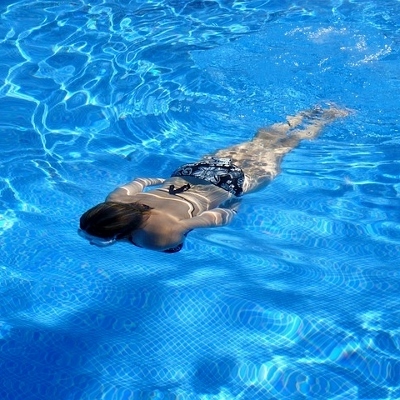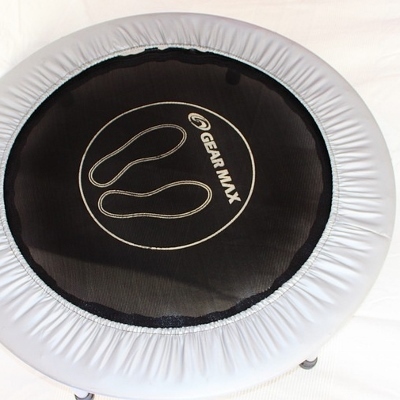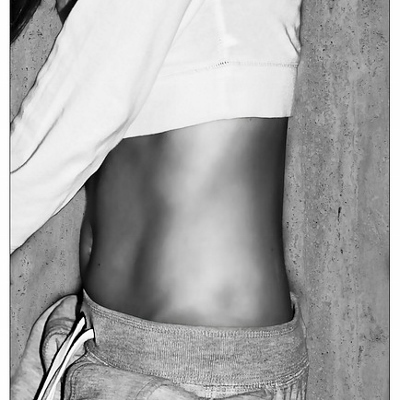Over the summer, my cross country coach sent out a list of drills and exercises he expected us to complete in the weight room over the summer. I could do all of the requirements on the list except one thing: three sets of seven chin-ups.
The first time I tried to do a chin-up I failed miserably. I couldn’t even do one! I continued to try to do chin-ups over the summer, but I simply failed to bring myself up. A few weeks into the season, my coach has us “max” out on chin-ups, and I could still only do one. I thought chin-ups were a lost cause for me, that I simply didn’t have the muscles for it. However, I learned that with the right routines, anyone can improve their ability to do chin-ups.
Moderation and patience are essential. Instead of practicing chin-ups with my full weight, I started using resistance bands that supported a portion of my weight. (One can also use an assisted pull-up machine. It essentially works the same way, by providing a counter-weight.) I was able to perform the three sets of seven chin-ups with a high resistance band. Once I succeeded with this, I switched one set for a band with lesser resistance, and continued this pattern. If an assisted pull-up machine or resistance bands are unavailable, one can find a way to be assisted to the top position, and slowly control the descent for as long as possible. This is called a “negative” and is quite effective. I am currently still weaning off the resistance bands, working with ones of lowest available resistance, until I can complete three sets of eight. However, I recently tried doing chin-ups without the aid of the resistance bands and was able to do five, of which I am rather proud. Three sets of seven no longer seems out of my reach; I am confident I will get there.
By the way, do you know the difference between a chin-up and a pull-up? It’s simply in the grip. In a pull-up, the palms face away from the exerciser, and in a chin-up, the palms face the exerciser.






is there any difference in the width of the grip between pul-ups and chin-ups?